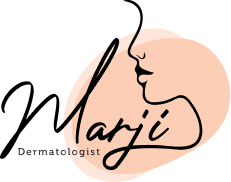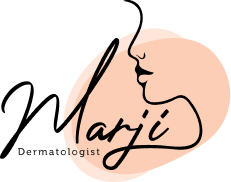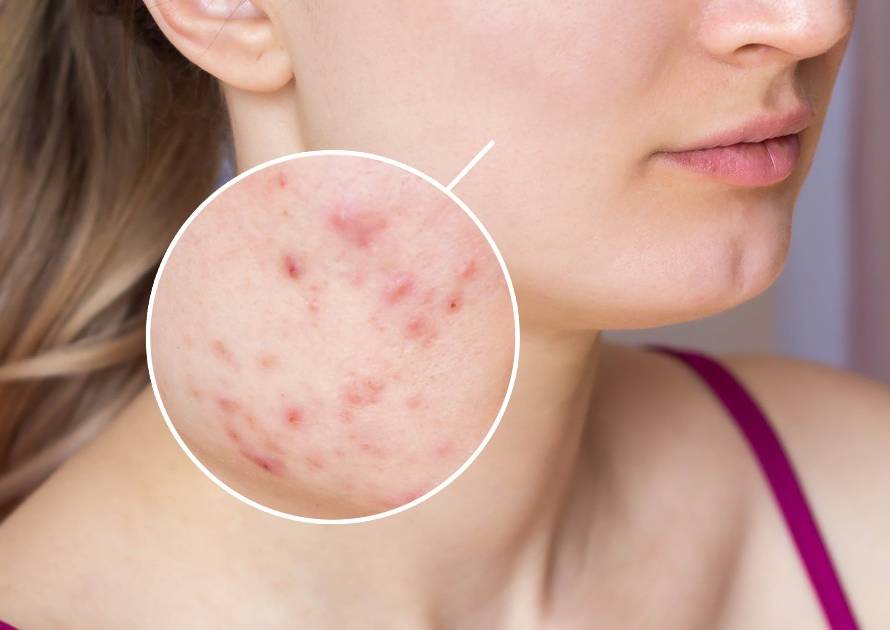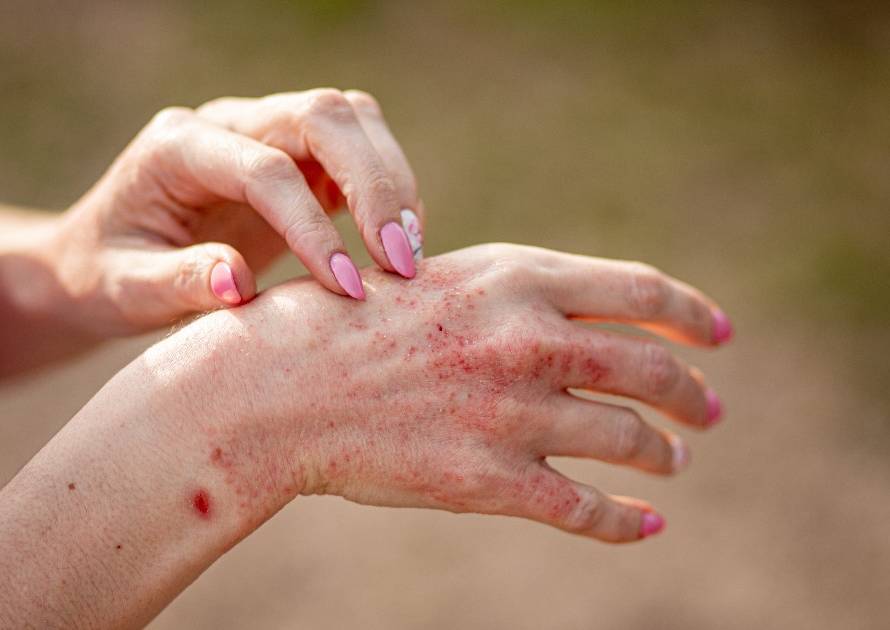A lot of people could notice unusual redness on their faces and mistake it for acne, blushing, or sunburns. However, what many people are not aware of is that this is skin rosacea, which is a skin condition that is most common in middle-aged white women or people with light skin in general.
Overview
Rosacea is a common, chronic skin rash condition that causes blushing or flushing and visible blood vessels in one’s face. Small, pus-filled bumps could also accompany it. The signs and symptoms of rosacea may flare up for weeks to months and then go away for a while. Rosacea can usually be mistaken for acne, other skin problems like allergies and sunburns, or natural rosiness.
Rosacea can affect everyone of all ages and genders. However, it is most common in women and people with lighter skin colors. Rosacea usually starts in women between the ages of 30 and 60; however, its symptoms can be more severe for men. Until this day, there is no cure for rosacea. Still, certain medical treatments can control and reduce the signs, side effects, and symptoms.
Characteristics and Symptoms of Rosacea
In order for you to differentiate between rosacea and other skin conditions, you need to be aware of the signs and symptoms of rosacea. Here are some of the most common characteristics and symptoms of rosacea:
- Facial flushing or blushing: Patients with rosacea can notice persistent blushing or flushing in the central part of their face. This symptom could be more challenging to detect on brown and black skin.
- Burning skin sensation: The skin of the affected area could feel hot and tender to the touch.
- Visible vessels: These are usually referred to as Telangiectasias or spider veins. Small blood vessels on the patient’s nose and cheeks break and become visible.
- Swollen skin bumps: A lot of people with rosacea are prone to develop bumps on their face that can be mistaken for acne. Such bumps are usually filled with pus. What’s characteristic about Rosacea is the absence of comedones unlike acne.
- Eye problems: Another side effect of rosacea is dry, irritated, and swollen eyes and eyelids. This is medically known as ocular rosacea. Sometimes, people start experiencing eye symptoms before rosacea appears on their skin.
- Dilated pores: The bumps and pimples, as well as skin thickening that accompanies rosacea, cause pores to enlarge and become more visible.
- Enlarged nose: Rosacea can thicken the skin on the nose over time, which causes the nose to appear swollen in a way (rhinophyma). This symptom is more common in men than in women.
Subtypes of Rosacea
The medical society agrees that there are four subtypes of rosacea. These subtypes include:
- Erythematotelangiectatic: This appears as a fixed facial redness with telangiectasia (visible small blood vessels).
- Papulopustular: This type is associated with fixed facial redness with red or yellow bumps that contain pus most of the time.
- Phymatous: This type occurs due to sebaceous glands hypertrophy. It will usually start with dilated pores then ends with disfiguring enlargement of the skin, mainly in the nose or chin area.
- Ocular rosacea: This type could occur with or without skin manifestation. It has many symptoms and signs, starting from dryness and irritation in the eyes to more severe ocular diseases, which are very rare.
Acne vs. Rosacea
A lot of people cannot tell the difference between acne and rosacea due to the similarity between the symptoms of both skin conditions. For example, both acne and rosacea cause fixed redness, bumps, and pustules on the face. However, the difference between the two is that the redness associated with acne tends to be fixated just around the pimple in acne. Meanwhile, the redness associated with rosacea typically covers a larger area of the skin on a patient’s face.
Moreover, another distinguishing feature is comedones (blackheads and clogged pores) which is a feature of acne rather than rosacea. Also, acne is most common in teenagers and young adults, whereas rosacea most commonly affects adults over 30 years old.
Triggers that Irritate Rosacea
Anything that causes your rosacea to flare up is considered a trigger. Some of the most commonly known elements that trigger rosacea include:
- Exposure to sunlight.
- Eating spicy food.
- Consuming alcohol.
- Stress and anxiety.
- Heat, or heat sources like the oven or hairdryer.
- Exercise.
To help manage and control your rosacea, try avoiding the abovementioned triggers. This way, your rosacea will have fewer flare-ups.
Facial Skin Care for People with Rosacea
Because rosacea is a very sensitive skin condition, you need to pay extra attention to your skincare routine and make sure you avoid any triggers that cause your rosacea to flare up. Here are some of the recommended instructions for you to follow as a patient with rosacea:
- Wash your face with a soap-free, fragrance-free cleanser.
- You need to regularly use a sunblock that protects your skin from UVA and UVB. It must also have an SPF of 30 or more. Sunscreens that have physical barriers like titanium dioxide or zinc oxide are preferred. Even with sunblock on, try to avoid the sunlight as much as possible.
- Make sure to use a good fragrance-free moisturizer regularly.
- Avoid using heavy and water-resistant makeup products.
- Avoid using toners, alcohol-containing products, dermabrasion, exfoliative scrubs, and chemical peels.
If you follow the instructions above, there is a high chance your rosacea will not cause you to suffer more by flaring up or advancing.
Treatments to Help with Rosacea
Although rosacea cannot be fully cured, there are several treatments that you can either do at home or get a medical professional to do for you in order to help with your skin condition. Here are some of the treatments that can help you control rosacea:
- Commit to suitable skincare, always apply sun protection, and avoid any triggers.
- After consulting with a dermatologist, you can use topical creams like azelaic acid, retinoids, antibiotics, and many others.
- You can go to a dermatologist to get a prescription for topical medications that reduce flushing.
- Systemic medications can help with rosacea; those include oral antibiotics or isotretinoin for severe cases. Note that isotretinoin can only be given in a very low dose.
- Vascular laser: We provide a pro yellow laser that helps treat rosacea at our clinic.
- Electrosurgery of CO2 fractional laser to treat phymatous changes.
- Eye medications: You need to follow up with an ophthalmologist (eye doctor) to get a prescription for the proper medication.
Frequently Asked Questions (FAQs)
The following are some of the most commonly asked questions regarding rosacea:
What causes rosacea?
Until now, no certain reason has been identified to cause rosacea. However, multiple triggers can contribute to the skin condition.
Is rosacea contagious?
No, rosacea is not considered a contagious disease. There is no evidence that it can be spread by contact with the skin or through inhaling airborne bacteria.
Is rosacea hereditary?
Although no scientific research has been performed on rosacea and heredity, there is evidence that suggests rosacea may be inherited. More than half the people diagnosed with rosacea have reported that at least one other family member has similar symptoms to theirs.
Is there any kind of test that will tell you if you have rosacea?
No, there is not any type of test that will tell you for sure that you have rosacea. You need to get checked by your physician. After they study your case, symptoms, and condition, they will be able to give you an official diagnosis of whether or not you have rosacea.
Will my rosacea get worse with age?
There is no way to know for sure whether or not one’s rosacea will get worse with time and age. However, it has been noted that rosacea got worse in patients who did not receive any treatment for it.
How long does rosacea last?
Rosacea is a chronic skin disease that could last a lifetime. It is also characterized by relapses and remissions.
Can rosacea occur in children?
Although the occurrence of rosacea in adolescents and children is infrequent, such cases have been documented before.
Are rosacea symptoms generally symmetrical or asymmetrical?
Rosacea presents itself in different ways in different individuals. Patients have often reported that the disease actually began with one red spot or patch on one cheek or another part of the face and then spread to other areas. On the other hand, many rosacea patients display similar symptoms on both sides of their faces.
Is dry, flaky skin typical with rosacea?
Yes, it has been reported that dry skin has been a fixed symptom in almost half of rosacea patients. However, the dryness of the skin can be controlled using treatments like creams and moisturizers.



